
Dancing Boss
2024
Personal
Dancing Boss is a web experience where a house music-based sequencer lets you generate small music loops with drums, bass, melody, and chords, along with a 3D scene that reacts to the music in real time.
You can give it a go here: Dancing Boss
Dancing Boss is the first interactive project I have created. I have always been interested in the fusion of technology and creativity. I love exploring music, 3D, and design, and I wanted to take a first step into this idea with a more open-ended project where users could interact.
The technology behind this project is simply HTML/CSS/JavaScript, using Tone.js and Three.js libraries. I’m not an expert programmer, and maybe I got a little carried away, so the code isn’t the most optimized I’ve ever written. I like to think that I was creatively free, stepping away from my rigid way of thinking—just making the experience work.
For this project, I had to combine several disciplines: 3D design, character design, UI/UX design, music theory (algorithmic composition), and programming.
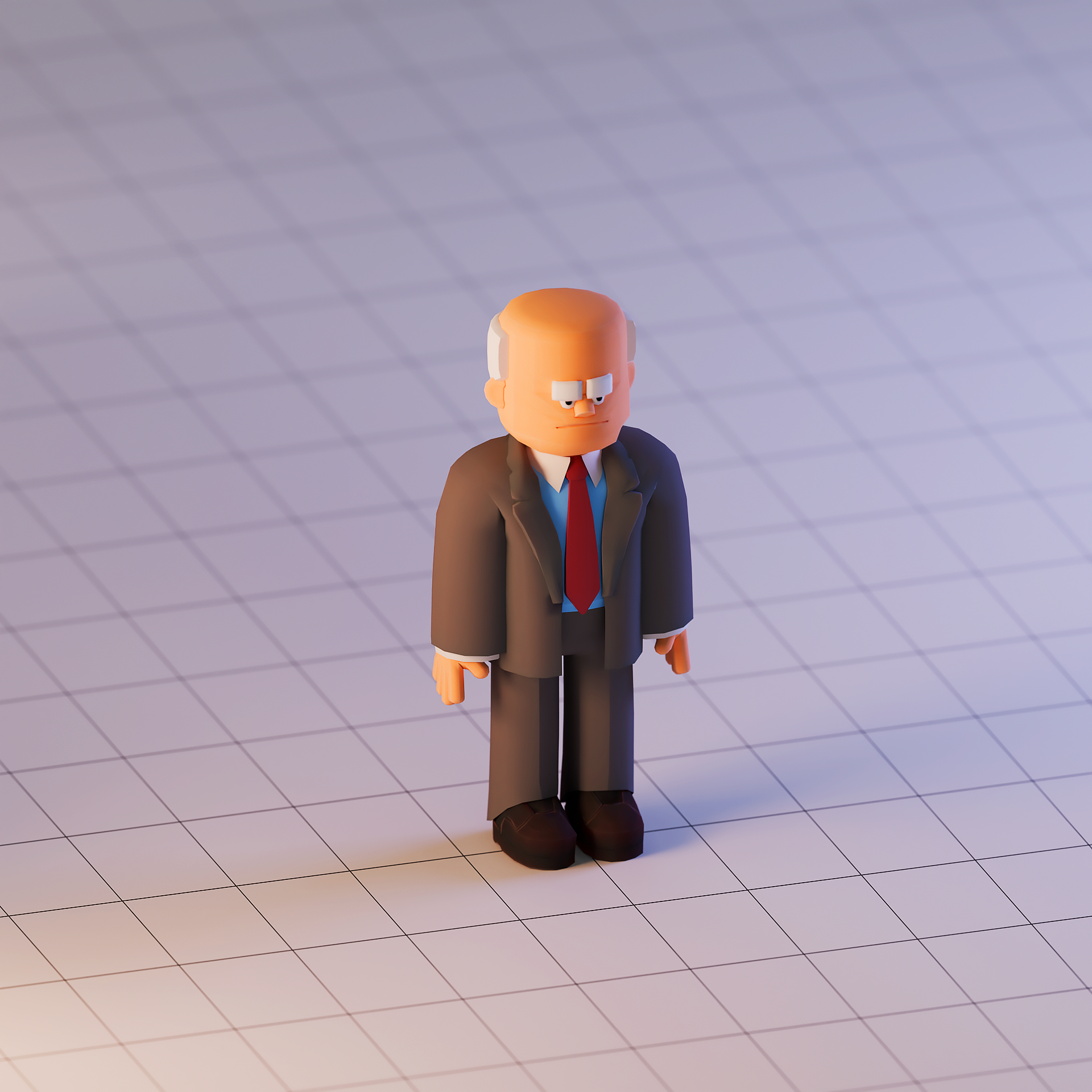
Coding-wise, ChatGPT was very helpful, as I would present my ideas and what I wanted, especially for the algorithmic composition part—generating chord progressions, bass and melody lines, and putting together harmonies that always sounded fairly good. AI helped me by acting like a little minion, coding snippets based on my concepts. It was a nice experience to maintain a conversation with the AI and have it help me bring my ideas to life.
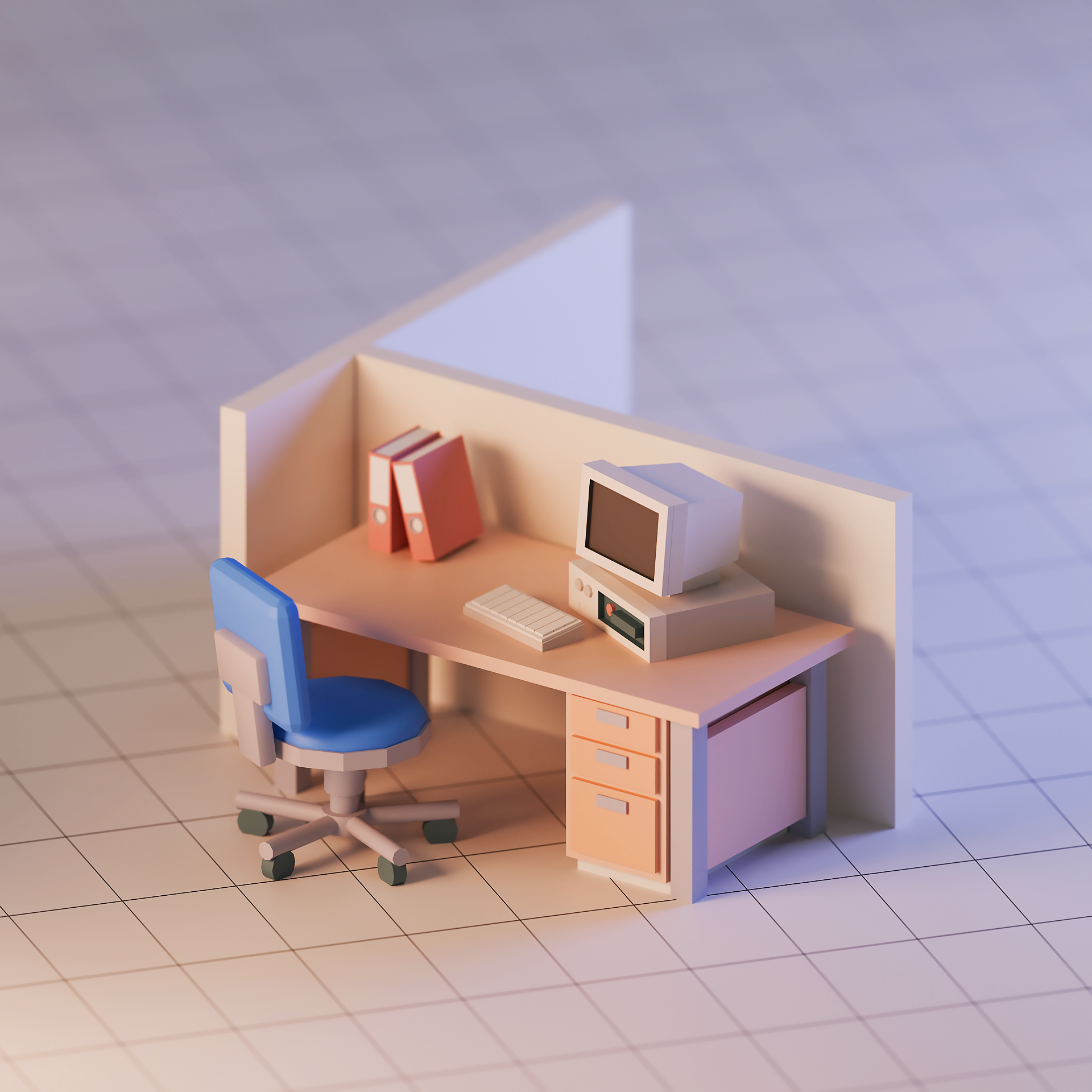
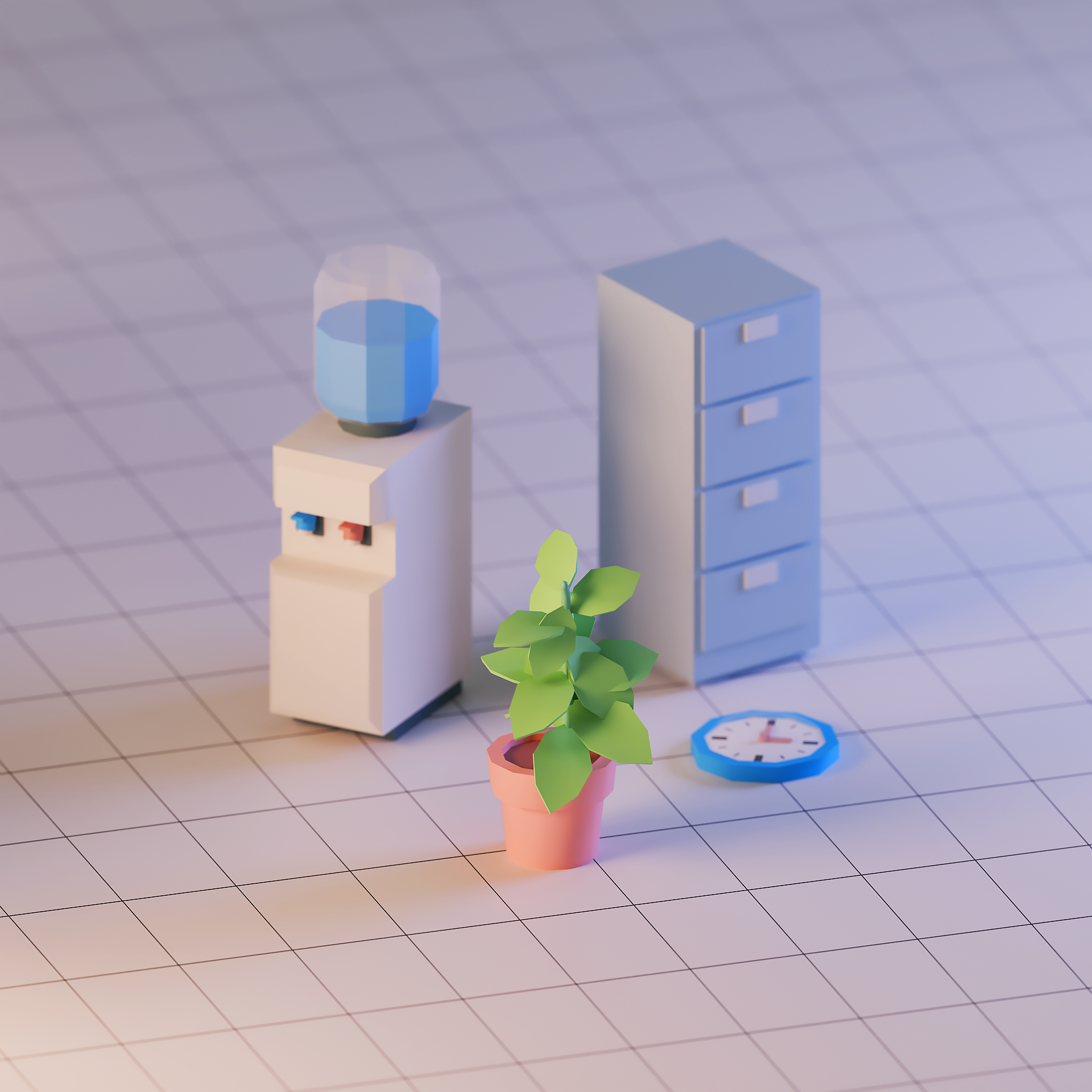
Speaking about 3D, my main field, I wanted to focus on a low-poly, retro design. I really enjoyed using visual references from Severance (Apple TV+) as inspiration for the artistic direction. For the creative direction, I explored my usual love for absurd contrasts—a serious, mature boss, faithful to his work principles, breaking expectations by dancing in an unorthodox way to house music rhythms in the middle of his office.
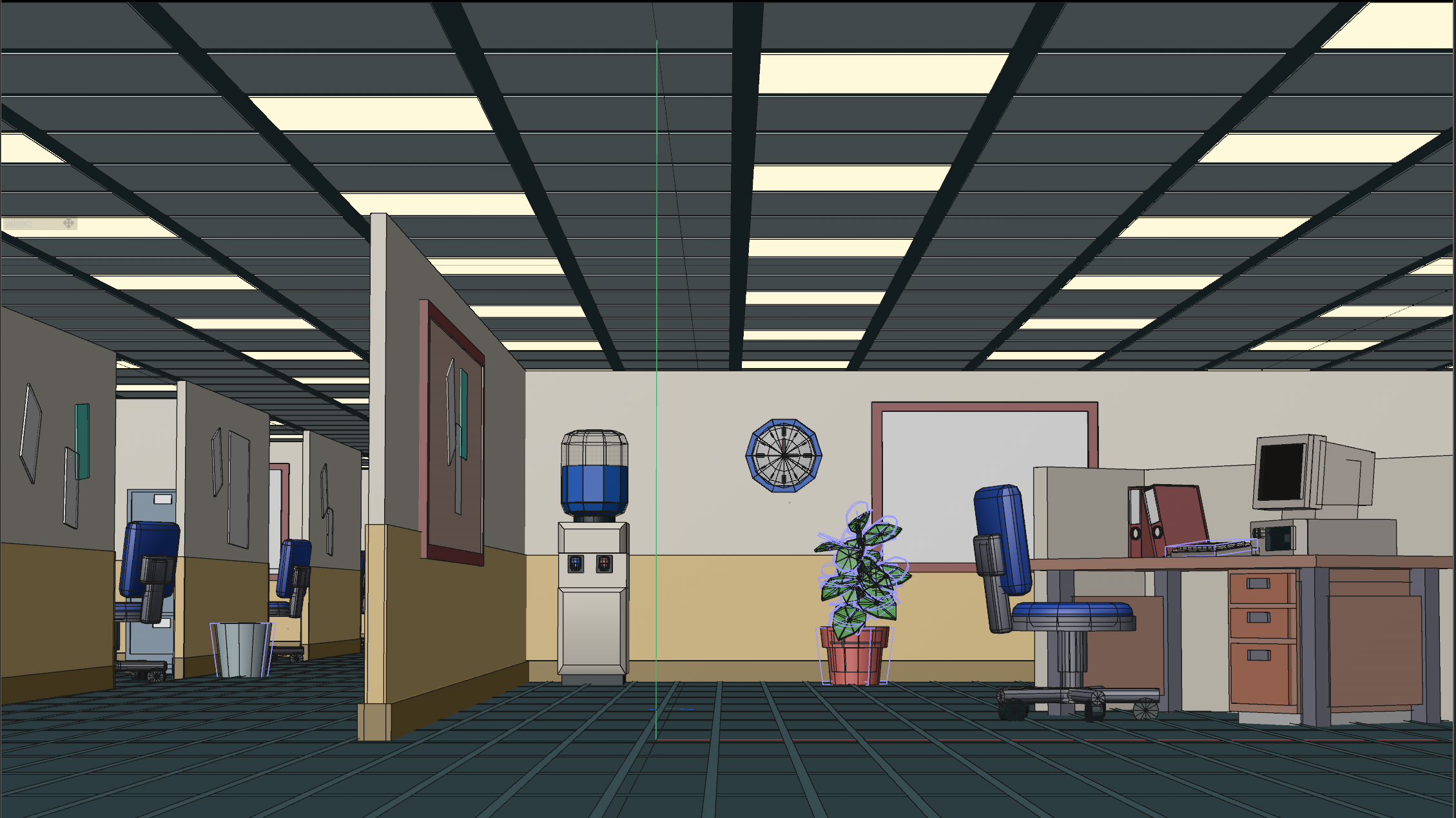
Making the character dance in sync with each part of the music was a small challenge. The process involved creating a simple rig in Blender (I used a Mixamo template to make it more "generic"), then designing a set of basic animations (stretching a leg, turning the torso, tilting the head…). Then, in Three.js, I triggered the character’s animations based on what was playing at the moment. It was a fun and satisfying process— each time the dance movements were generated, I saw endless combinations and how amusing they looked on such a serious character.
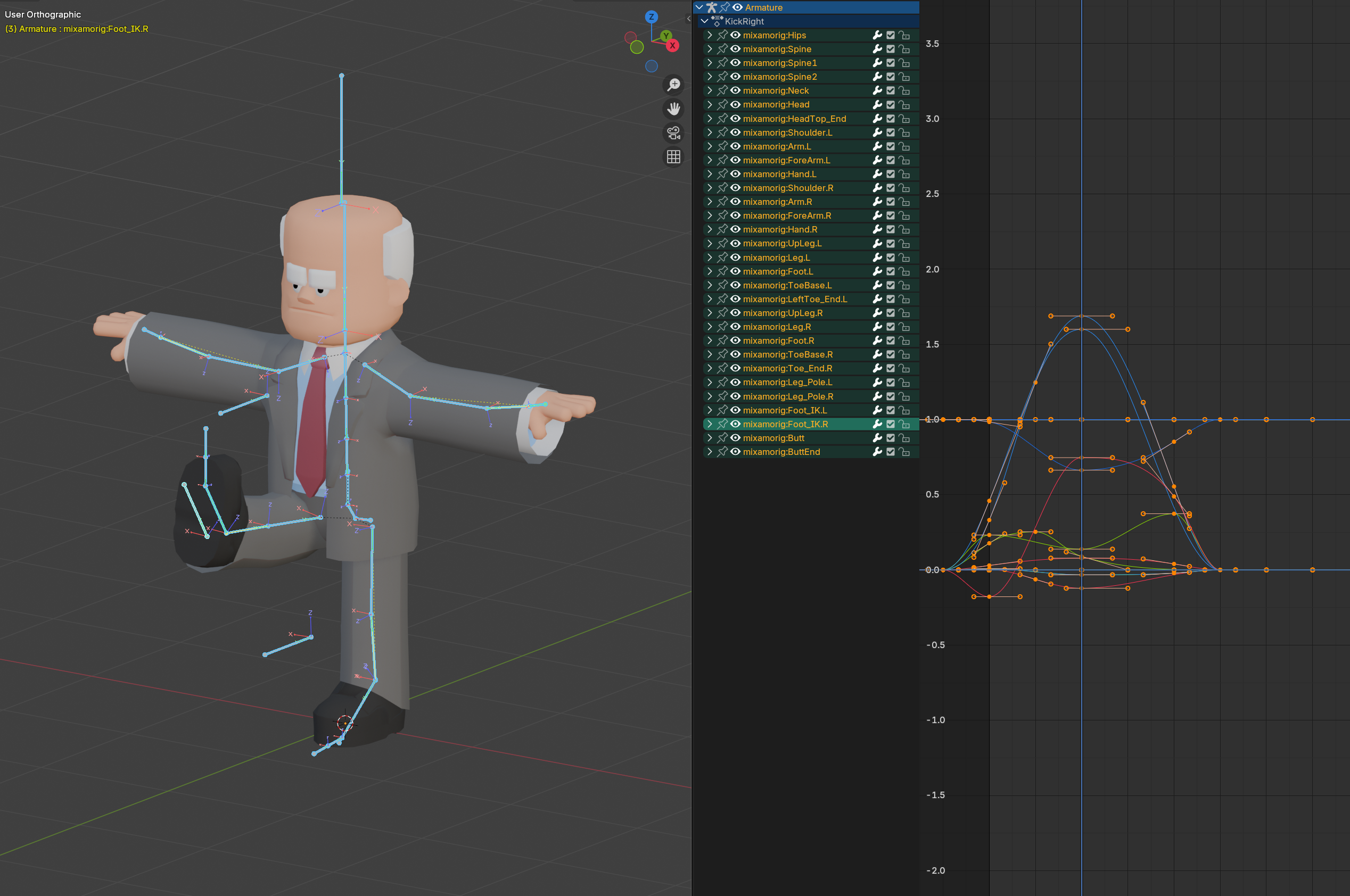
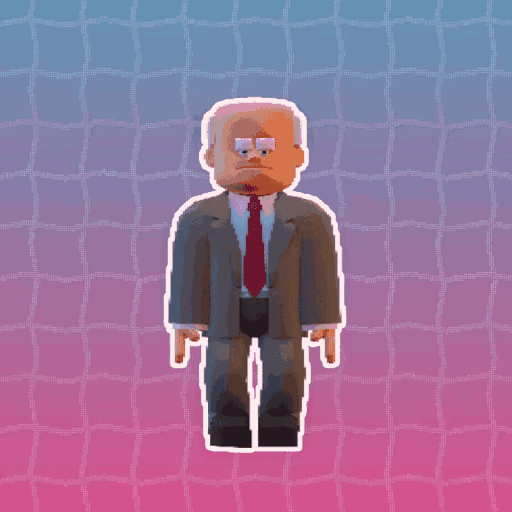
I had to create a simple user interaction system. Since I’m not an expert in this area either, I focused on experimenting with beautiful UI designs that were easy to understand, designing both the interface layout and the visual style of the elements.
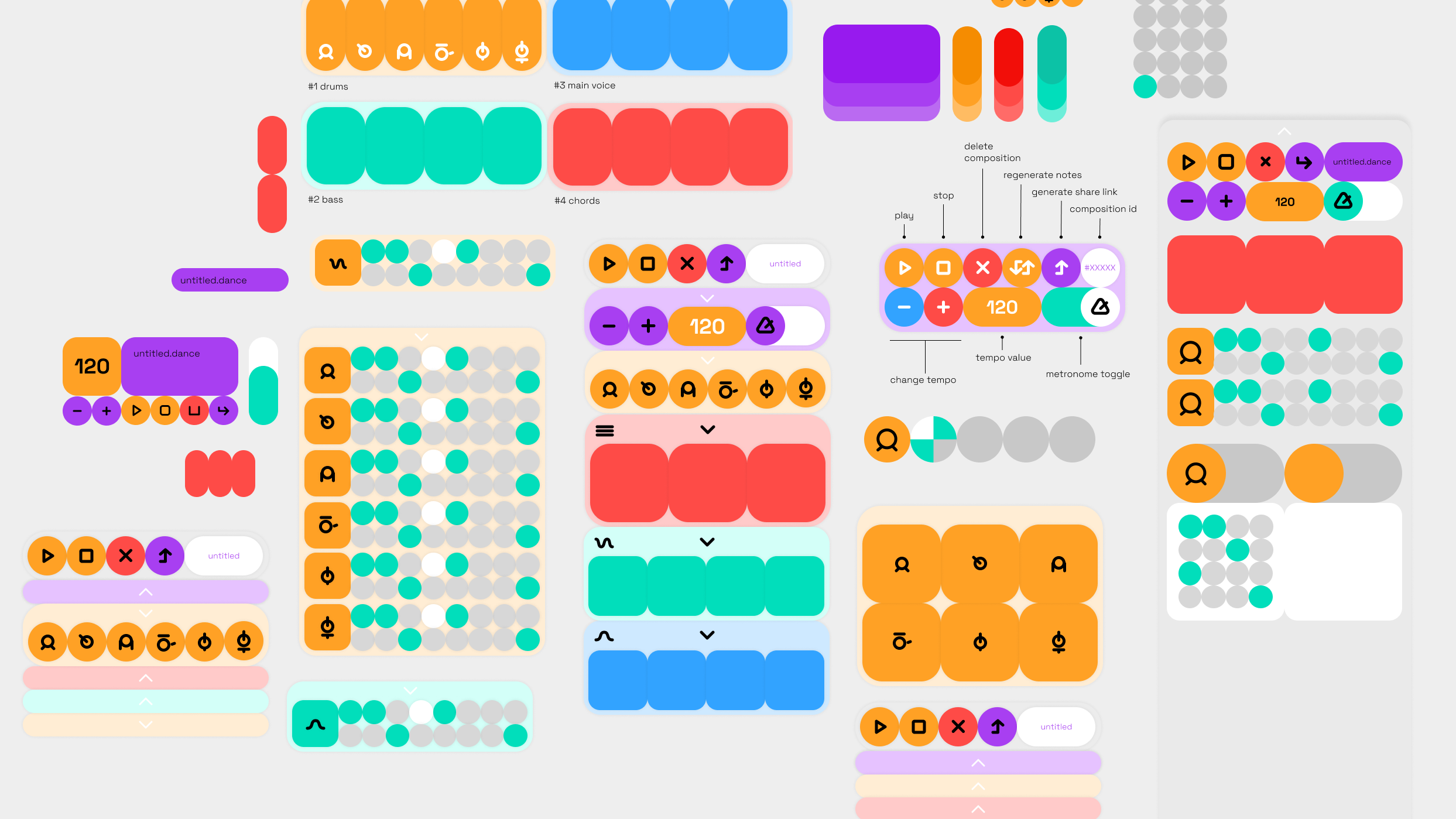
For music generation, I coded a simple sequencer that records the notes tapped by the user at the exact beat they were played. It’s not perfectly precise, as it adds a bit of randomness while still being quantized to 1/8.
The music is divided into four different layers: drums, featuring TR-909-like samples; bass and melody notes, based on a chord progression randomly picked from a list (related to common house music progressions); and a chord layer. The drums, bass, and melody layers influence the character and element animations while being recorded. However, the chord layer is designed more as a live performance element—it doesn't record the played steps and instead affects the scene's light colors.
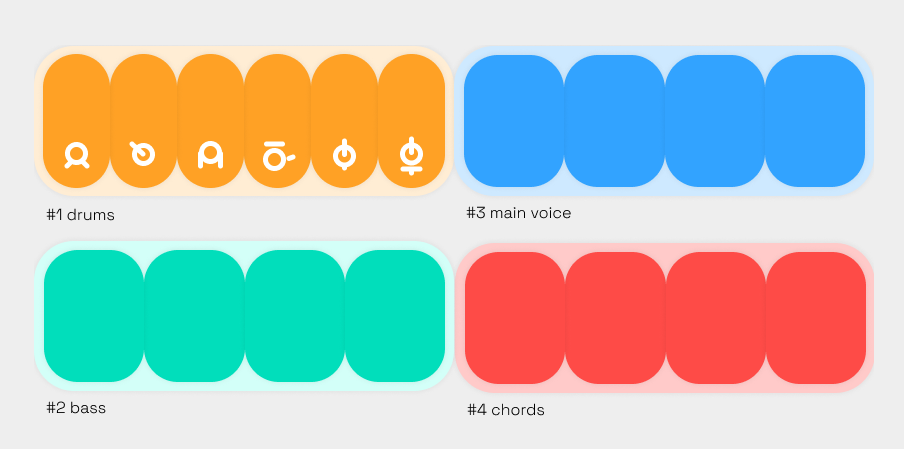
I really hope you enjoy this dumb and funny project, as it will encourage me to create more of this silly experiments!
